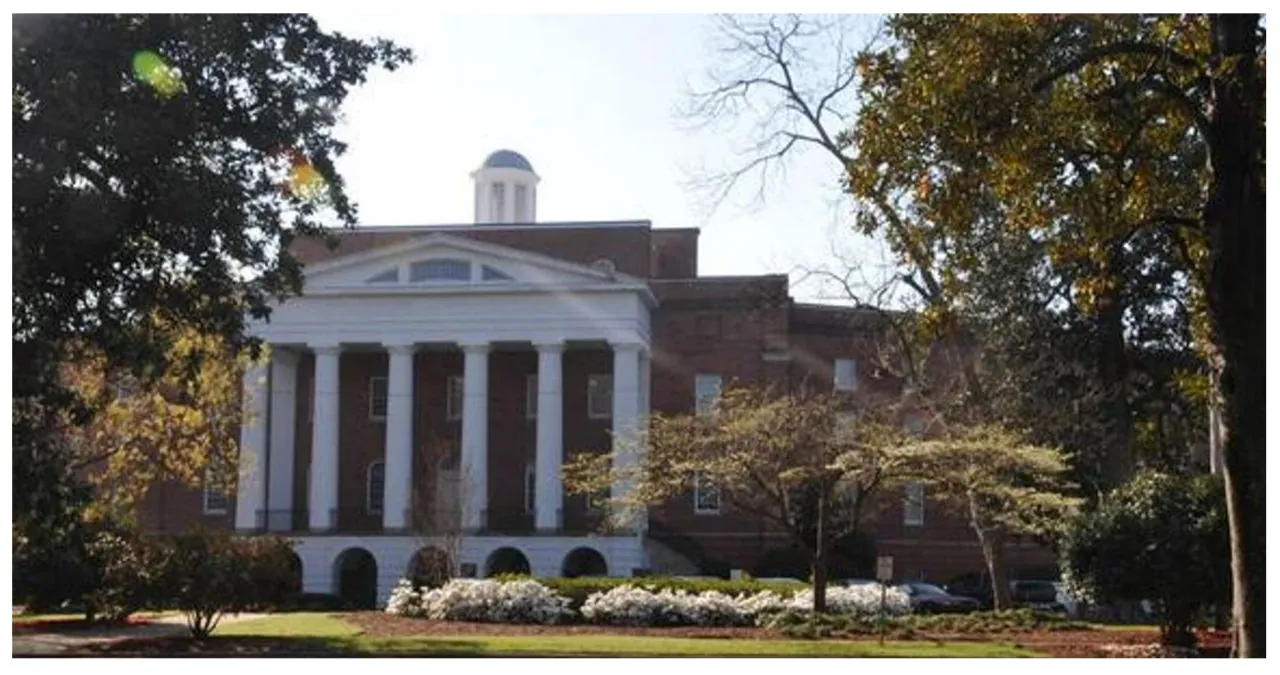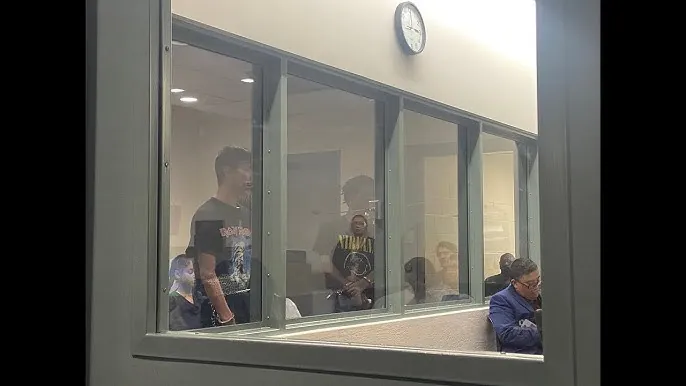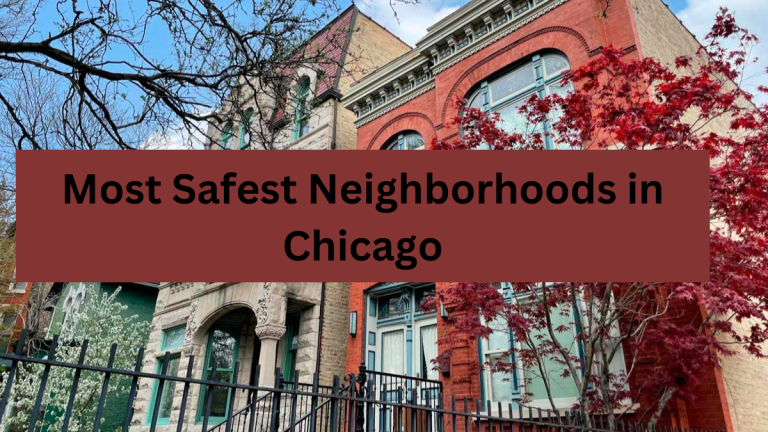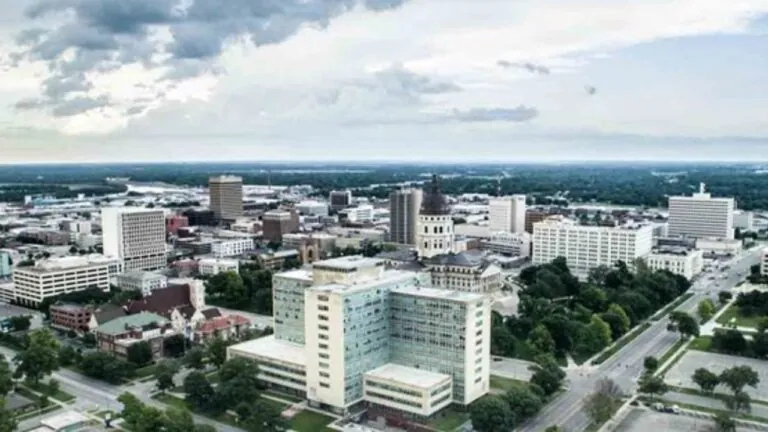The Historic Asylum in South Carolina: A Glimpse into the Past
The South Carolina Lunatic Asylum holds a chilling reputation as one of the most haunted and cruel places in South Carolina. Situated in Columbia, SC, this Asylum was established in 1821, but its doors only opened in 1828. The architect behind its design was Robert Mills, while a consortium of lawyers, legislators, and doctors formed the founding group.
The hospital, although designed after the Kirkbride plan, was originally named after Robert Mills and is one of the oldest surviving state mental hospital structures in the country. Dr. James Davis, the founding physician, served as the hospital’s first visiting physician. This historic building holds the distinction of being a National Historical Landmark.
Good Intentions
In the early 19th century, the Asylum was influenced by British and French ideas of moral treatment and therapeutic optimism. The goal was to establish a curative institution that would cater to patients from all social classes.
The Asylum faced difficulties in attracting patients and came close to shutting down during its initial years. Financial problems arose, and the fees paid by wealthy patients were utilized to support the care of those who were less fortunate, while the county covered the expenses of needy patients.
Before 1860, the resident population of the state was relatively low, with usually less than 200 people. The majority of the population was white, and only half of them were paying patients. However, this system was not effective, and the state had to provide subsidies for it.
In 1894, an act was passed to allow the admission of African American patients to the hospital. However, despite this change, the number of African American patients remained low, with only five admitted by 1865. Additionally, during the Civil War, the hospital served as a prisoner-of-war camp.
Post-Civil War and Overcrowding
After the Civil War, poverty was rampant, leading to a significant rise in the number of patients seeking admission for care. In response, starting from 1871, the state took the responsibility of covering the costs for those who couldn’t afford medical treatment, resulting in a surge in hospital admissions. As a result, by 1900, the number of patients in residency had exceeded 1,000.
By 1920, the state was responsible for paying almost all the workers at the Asylum, with half of them being African Americans. Unfortunately, after 1865, the Asylum was left abandoned. However, in 1892, the hospital took a positive step forward by opening a training school for nurses. Four years later, it underwent a name change and became known as the South Carolina State Hospital for the Insane.
The hospital also started providing care for patients who had chronic and incurable conditions. However, by the early 1900s, the hospital’s conditions began to worsen due to insufficient funding and an ineffective administrative structure.
The hospital underwent two significant investigations in 1909 and 1914, which revealed numerous issues, such as unsanitary conditions and high mortality rates, particularly among African American patients.
In 1913, a new hospital was constructed to relocate African Americans away from downtown Columbia. The transfer of African American patients took place in the mid-1960s.
In 1915, Governor Richard Manning of South Carolina implemented a reform that resulted in the modernization of the hospital and a decrease in mortality rates. However, despite these improvements, the hospital continued to suffer from underfunding, overcrowding, and sanitation issues. Unfortunately, the challenges of the Great Depression and World War II further exacerbated the problems of overcrowding and understaffing in both hospitals.
Hauntings/Inhumane Treatment
There are still reports of ghost stories at the hospital. Many people claim that the property is haunted by those who died at the Asylum. Visitors have reported seeing strange shadows and hearing weird sounds and screams throughout the building.
Ruth Westbury, a nurse who has worked at the mental facility for several decades, offers valuable insights into her experience. Having started her career during the 1960s, a period marked by the onset of racial integration, Westbury reflects on her time at the facility, saying:
“I found out that the patients coming in didn’t want to be at the white hospital, they wanted to stay where they were (the all-black Palmetto State Hospital),” she recalls. “They were heavily medicated and we had to screen them. It was bedlam. I tried to resign right from the start but the supervisor left that night and, by the time she came back, I’d changed my mind. I said, ‘If I leave, I’m no better than anybody else.’ So I stuck it out.”
When Westbury started working in the senior area, things took a turn for the worse. The living conditions were cramped, with patients forced to live in close quarters and sleep in overcrowded dorms. Westbury herself expressed her dissatisfaction with the situation, saying:
“Every day when I drove in, I would say to myself, ‘Here I go again, seeing man’s inhumanity to man.’,” she recalls. “That’s what it looked like to me. There was no privacy and there just weren’t enough people there to help them.”
“She had been dead a long time when they found her,” says Westbury. “Everybody knew that, if anybody had really checked on her, they would have found her much earlier.”
During Westbury’s tenure at the facility, there was an interesting incident involving two senators who decided to go undercover as patients and spend the night at the hospital. To ensure their safety, they were assigned to the highly secure Preston Building.
Upon their arrival at the accommodation, the staff notified them that the new patients were allocated shared dormitories. This news instilled fear in the senators, prompting them to persuade two patients to relinquish their private rooms. However, their attempt to secure some privacy and ensure their safety by locking the doors was met with refusal from the staff. As an alternative, the senators resorted to barricading the doors with beds for added protection.
During this time, patients at the Asylum were known for their disruptive behavior, often howling at the windows. Notably, notorious serial killer Pee Wee Gaskins was also housed at the facility. However, with advancements in medical treatments and the development of new drugs, the approach to patient care started to shift. As a result, patients began receiving treatment outside of the hospital setting. This transition towards noninstitutionalized care occurred between the 1960s and 1970s.
Today
The Department of Mental Health ceased utilizing the Asylum on September 1, 2020. The Babcock building has undergone renovations and is now a part of the BullStreet district. It has transformed into the vibrant heart of the new urban South, offering a harmonious blend of work, life, and leisure within its 181-acre development.







